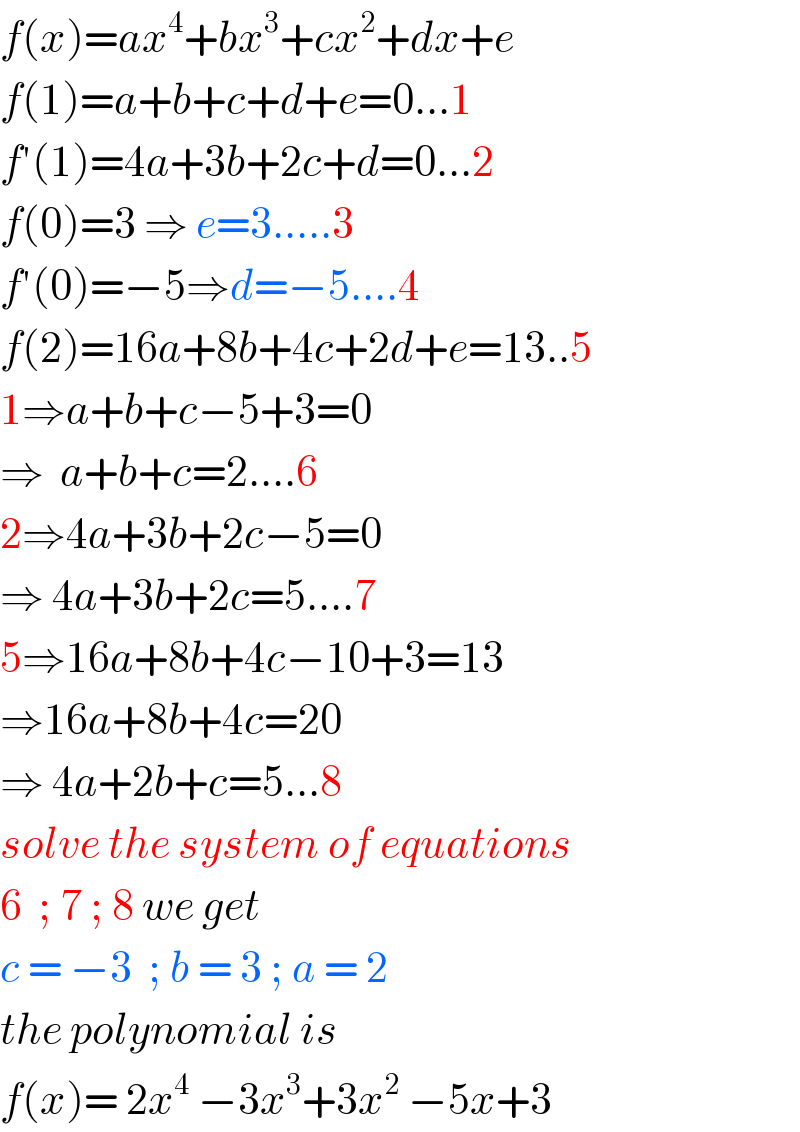
Question and Answers Forum
Question Number 105707 by ZiYangLee last updated on 31/Jul/20
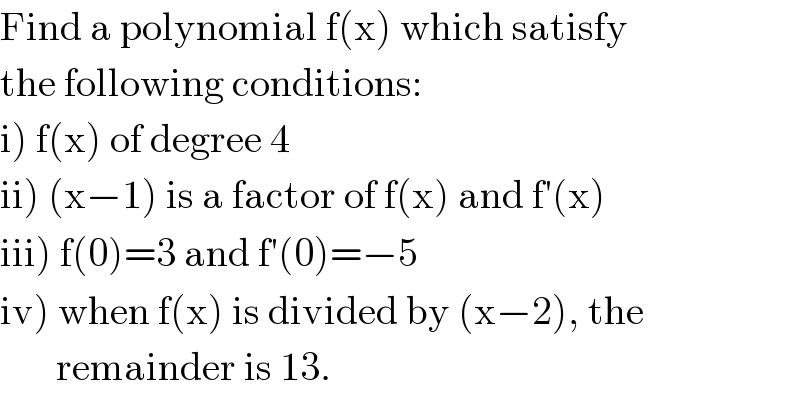
Commented by PRITHWISH SEN 2 last updated on 31/Jul/20
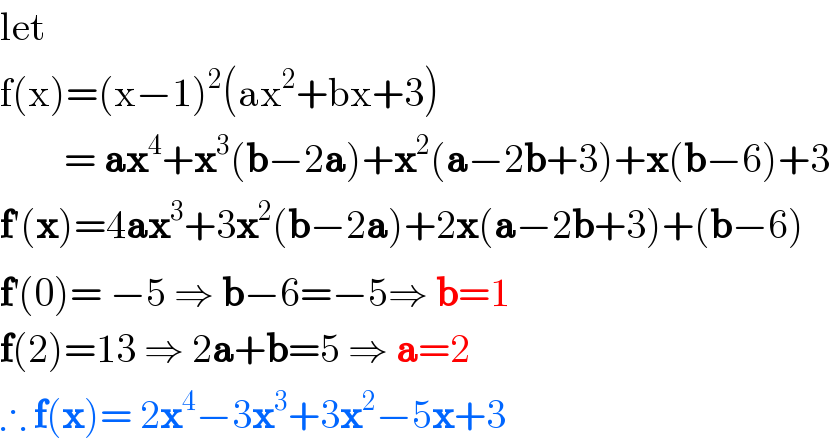
Answered by bobhans last updated on 31/Jul/20
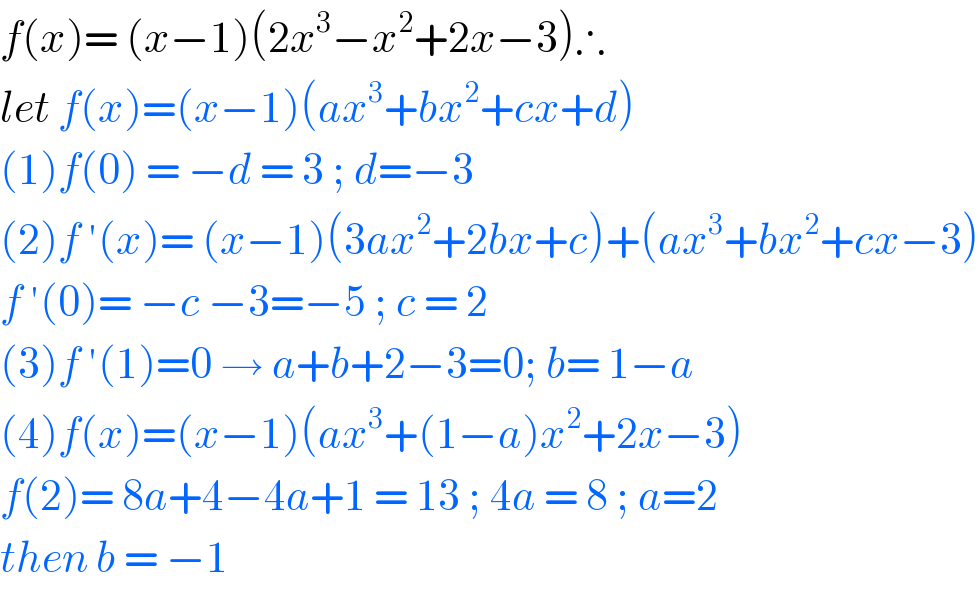
Commented by bemath last updated on 31/Jul/20

Answered by floor(10²Eta[1]) last updated on 31/Jul/20
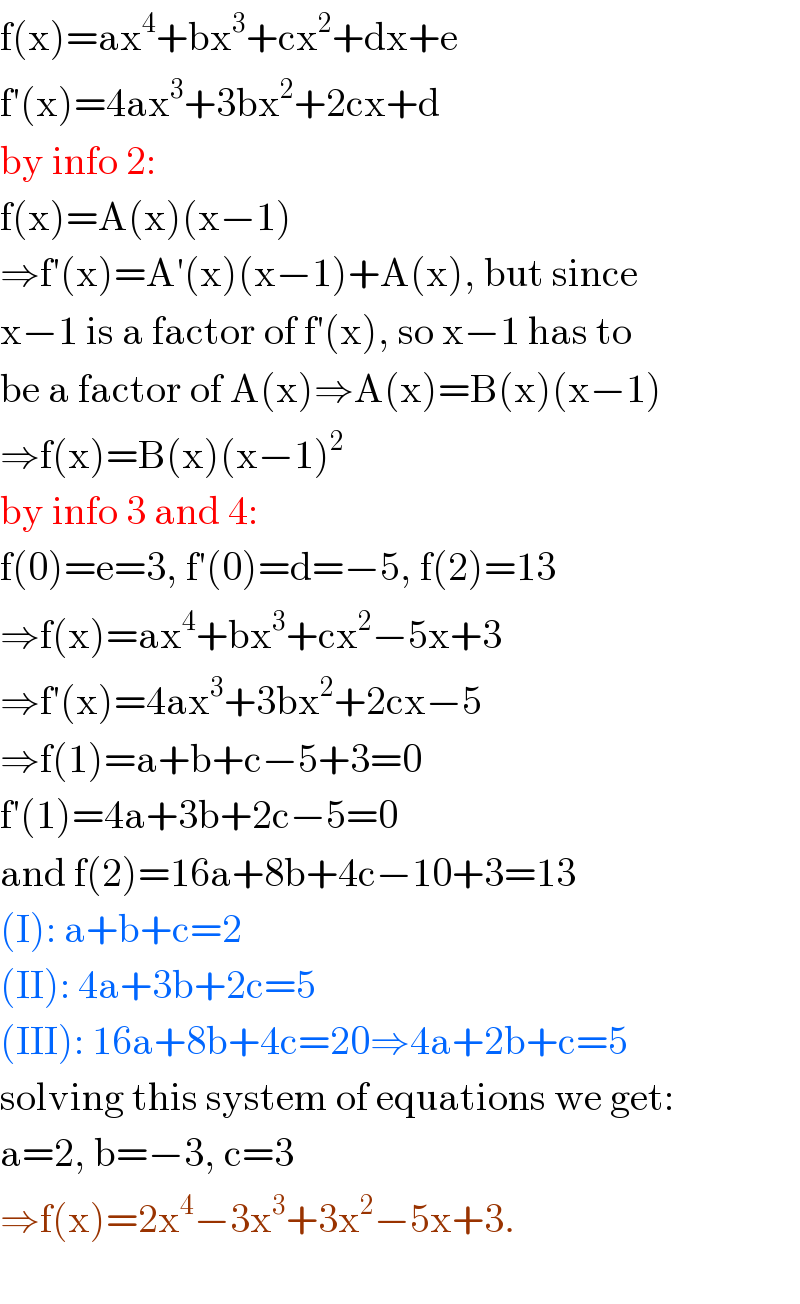
Commented by bemath last updated on 31/Jul/20

Commented by floor(10²Eta[1]) last updated on 31/Jul/20

Answered by 1549442205PVT last updated on 31/Jul/20
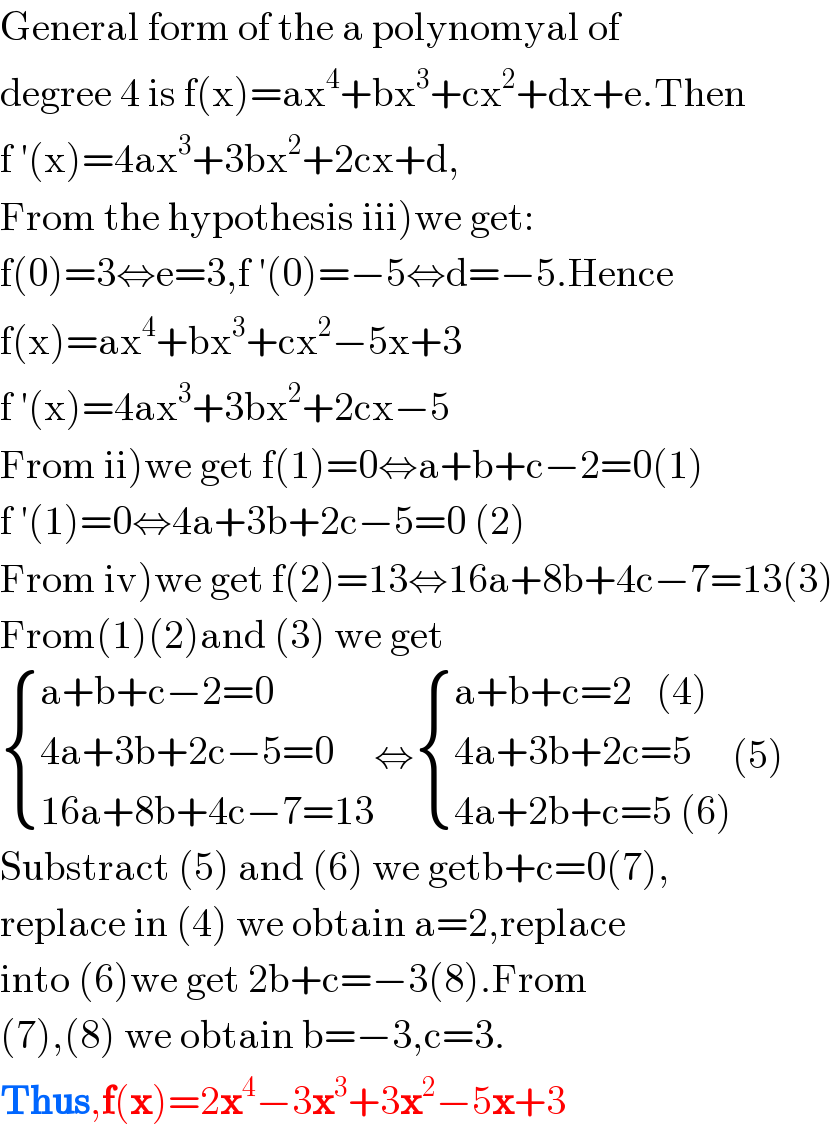
Answered by malwaan last updated on 31/Jul/20
